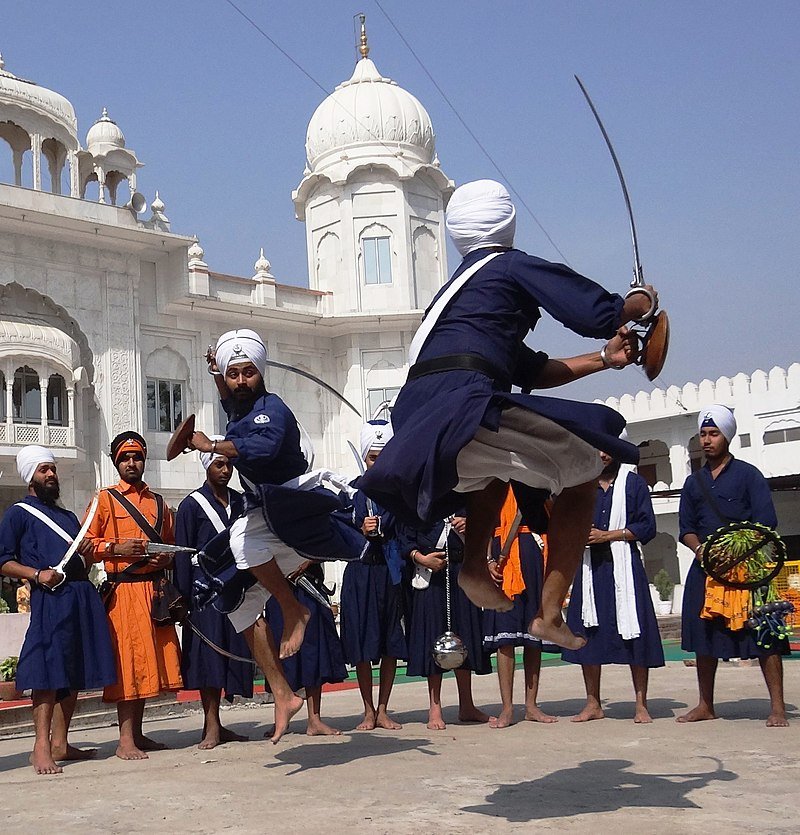Baisakhi, a vibrant festival celebrated on April 13th or 14th every year, pulsates with a rich tapestry of meanings. While Hindus mark it as a joyous harvest festival, for Sikhs, Baisakhi holds a far deeper significance. It commemorates the birth of the Khalsa, the esteemed warrior-saint order established by Guru Gobind Singh, the tenth Sikh Guru, in 1699.
This article delves into the historical context that led to the creation of the Khalsa, the dramatic ceremony that marked its birth, and the enduring legacy it continues to hold for Sikhs worldwide.
A Turning Point in Sikh History: The Rise of the Khalsa

The late 17th century was a period of immense turmoil in India. The Mughal Empire, under the rule of Aurangzeb, had become increasingly intolerant of non-Muslim faiths. Sikhs, who stood for equality and social justice, faced persecution.
Guru Gobind Singh, the tenth Sikh Guru, recognized the need for a community dedicated to defending itself and upholding the Sikh principles.
In 1695, he established Anandpur Sahib, a fortified city in present-day Punjab, as a center for Sikh learning and training. He envisioned a community of warriors who were not just physically strong but also spiritually grounded and committed to social justice.
The Birth of the Khalsa: A Call for Commitment
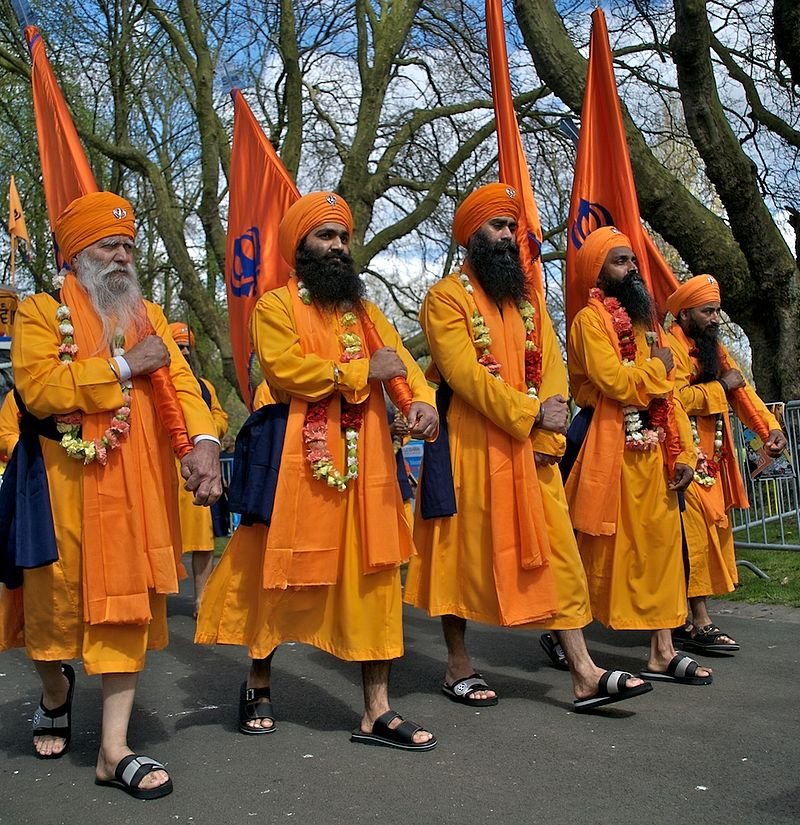
On the day of Baisakhi in 1699, Guru Gobind Singh gathered his followers at Anandpur Sahib. Standing before a large congregation, he addressed them with a powerful speech. He challenged them to dedicate themselves to a life of:
- Selfless service: Putting the needs of the community and those in need before their own.
- Unwavering courage: Standing up for what’s right, even in the face of adversity.
- Equality: Treating all people with respect, regardless of their caste or social status.
He called upon those willing to make this lifelong commitment to step forward and become part of a new order – the Khalsa.
The Five Beloved Ones and the Amrit Ceremony
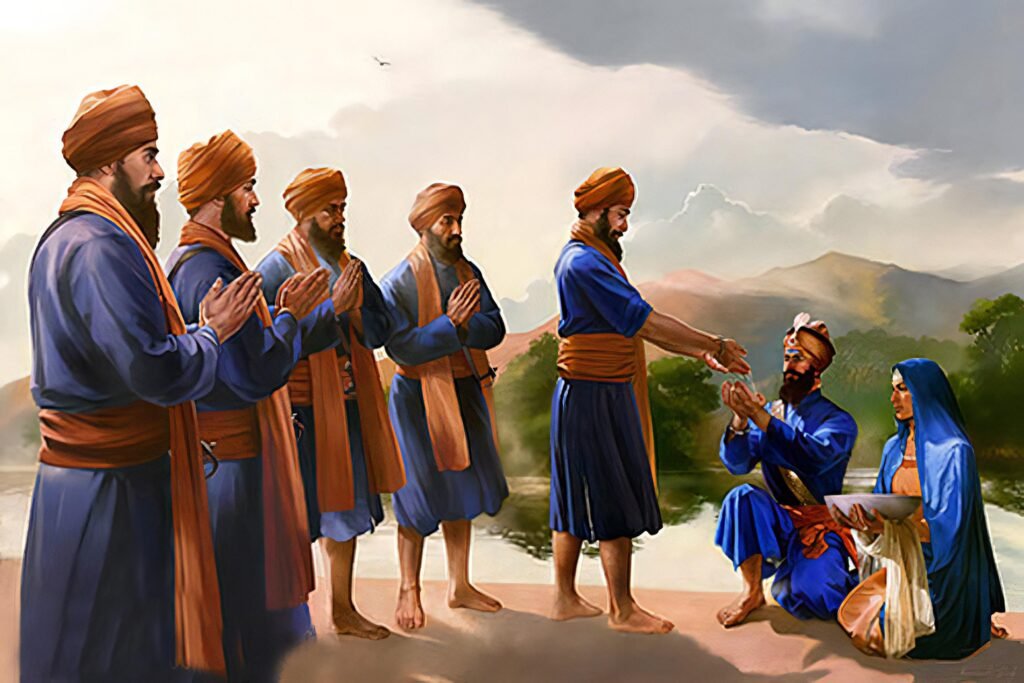
In a dramatic display of unwavering devotion, five men, known as the Panj Pyare (Five Beloved Ones), stepped forward. They were:
- Daya Ram
- Dharam Das
- Mokham Singh
- Sahib Singh
- Hukam Singh
Guru Gobind Singh prepared a special drink called Amrit (nectar) by stirring steel in holy water. One by one, he offered the Amrit to the Panj Pyare, who drank it without hesitation, symbolizing their complete acceptance of the Khalsa way of life.
This marked the birth of the Khalsa. The Panj Pyare, in turn, administered the Amrit to Guru Gobind Singh himself, blurring the lines between leader and follower and emphasizing the importance of equality within the Khalsa.
The Five Ks: Symbols of a Distinct Identity

The creation of the Khalsa also established a distinct Sikh identity centered on the five Ks:
- Kesh (uncut hair): Symbolizes spiritual connection and submission to God’s will.
- Kangha (comb): Represents cleanliness and orderliness in daily life.
- Kara (steel bracelet): Represents strength, righteousness, and unity with the Khalsa.
- Kirpan (short sword): Represents self-defense and the courage to fight tyranny and injustice.
- Kachera (underwear shorts): Represents self-discipline, modesty, and equality.
These symbols became a visible expression of the Khalsa’s commitment to their faith and their role in defending the downtrodden.
Baisakhi Celebrations: A Time for Reflection and Exuberance
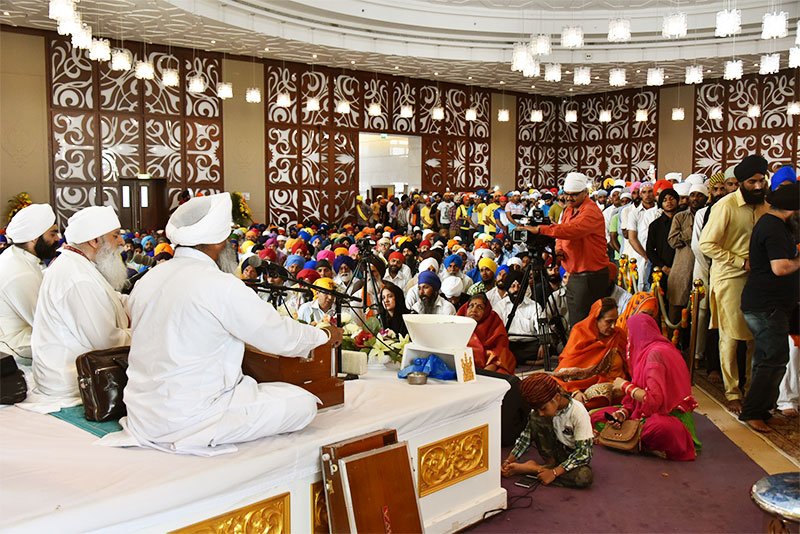
Baisakhi serves as a time for Sikhs to remember the birth of the Khalsa and its significance. Celebrations typically involve:
- Prayer Gatherings in Gurdwaras: Special programs are held in Gurdwaras, Sikh places of worship, where the story of the Khalsa’s birth is retold and hymns are sung in remembrance.
- Nagar Kirtans: Vibrant processions are held, featuring decorated floats, martial arts displays (gatka), and religious music. These processions showcase the Khalsa spirit of bravery, discipline, and devotion.
- Langar: The tradition of communal kitchens offering free vegetarian meals to everyone, regardless of religion or background, is in full swing during Baisakhi.
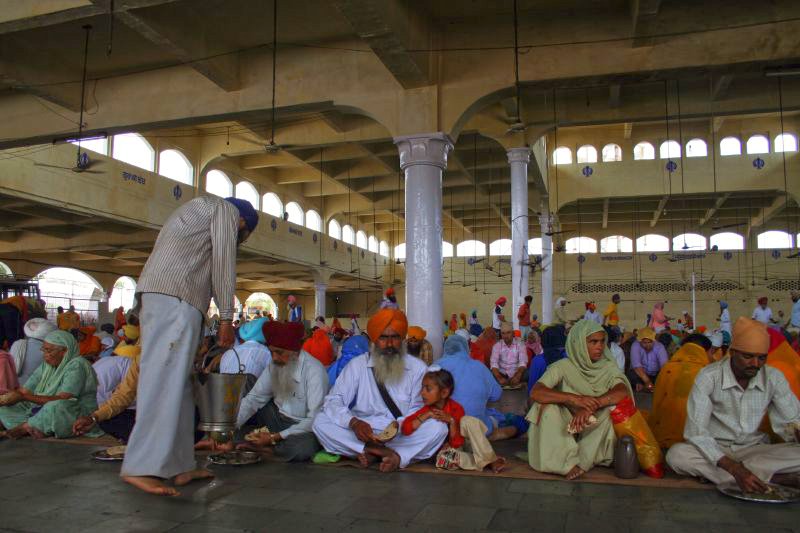
The birth of the Khalsa on Baisakhi in 1699 marked a pivotal moment in Sikh history. It established a community dedicated to defending the vulnerable, upholding social justice, and living a life of righteousness. Baisakhi celebrations continue to be a vibrant reminder of this legacy, inspiring Sikhs to embody the ideals of the Khalsa in their daily lives. As the colorful floats of nagar kirtans weave through streets and the aroma of langar fills the air, Baisakhi transcends a historical event, becoming a testament to the enduring spirit of courage, equality, and service that defines the Khalsa.
